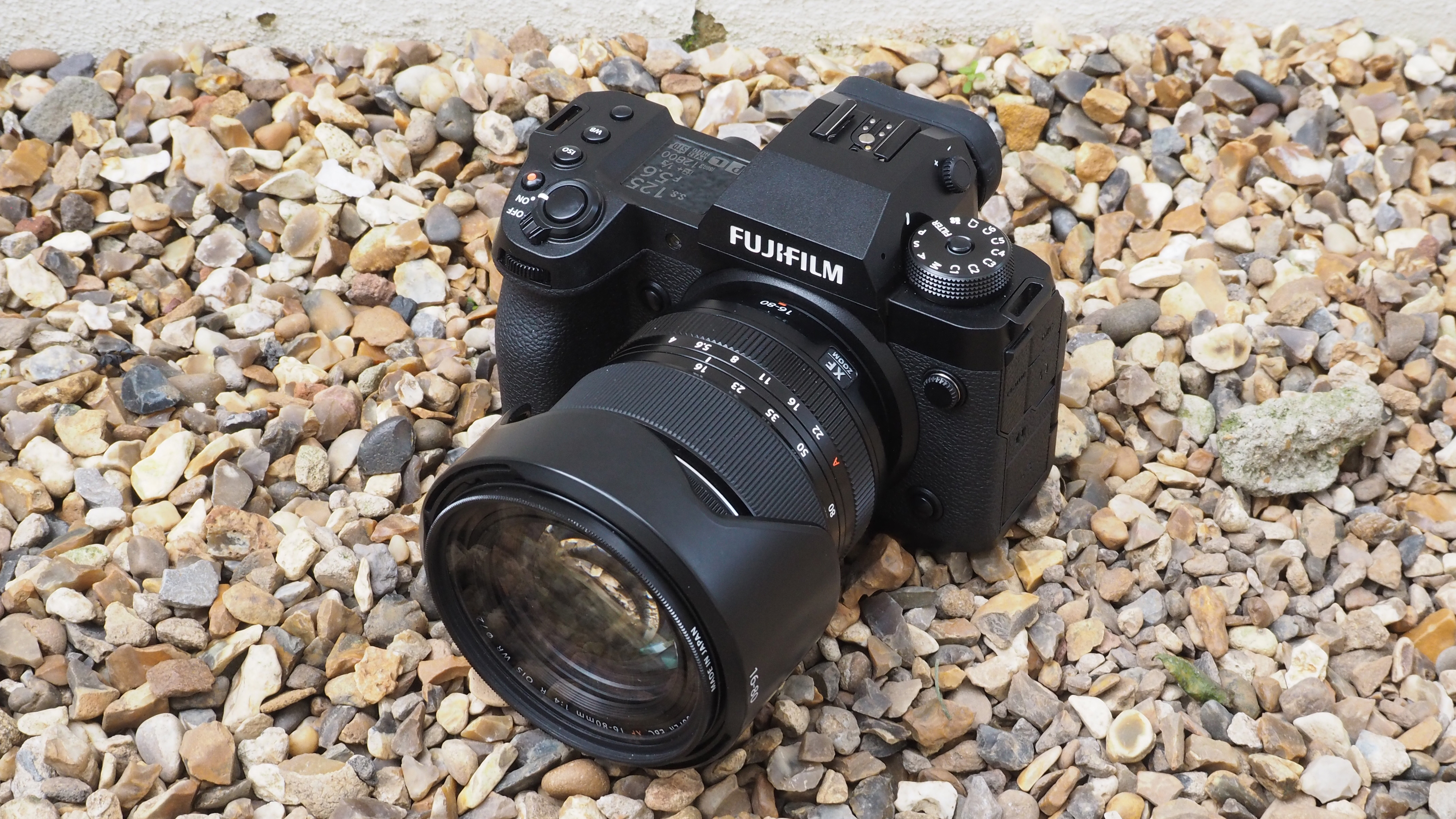
Arriving swiftly on the heels of Fujifilm’s built-for-speed X-H2S from 2022, the outwardly identical X-H2 has instead resolution as its primary focus. Featuring, like Fujifilm's own X-T5, a whopping 40-megapixel sensor at its heart, the X-H2 is also something of an X-mount compatible hybrid camera thanks to featuring 8K resolution video, which is mighty impressive.
Widening its audience from enthusiast and semi-pro photographers to videographers alike, is the Fujifilm X-H2 therefore the best hybrid video and stills camera you can currently buy? Or, thanks to its tank-like construction, is it a great option if you're seeking a digital photography workhorse to last the course?
Fuji X-H2: Price & Availability
What impressed us upon the Fujifilm X-H2’s announcement was the amount of bang we were apparently getting for our buck, especially coming after a series of big brand camera announcements regularly nudging the £/$3-4K mark.
Yes, the caveat is that this camera features ‘just’ an APS-C-sized sensor compared to its full-frame rivals, which in part is the reason for the price differentiation.
Body-only pricing for the X-H2 is $1,999 / £1,899 / AU$ 3,399. A kit option that adds a Fuji X-mount compatible 16-20mm f/4 E OIS WR lens comes in at $2,499 / £2,299 / AU$4,099.
Fuji X-H2 review: Features & What’s New?
Potential users of the Fujifilm X-H2 need to get over the fact that we’re not being offered a full-frame sensor here but rather a physically smaller 40MP X-Trans 5 HR BSI CMOS sensor combined with Fuji’s X-Processor 5 – but then Fuji would argue results are so impressive, who needs a full-size chip anyway?
Further notable features include up to 8K-resolution 30p video, or 4K at 60p, plus a 160-megapixel Pixel Shift Multi Shot mode, capable of creating an image from the combination of 20 separate shots. We also get a still-quite-impressive 15fps shooting via mechanical shutter or 20fps via electronic shutter, as well as up to 7 stops of in-body image stabilisation.
Framing shots is possible via the eye-level 5.76m-dot OLED electronic viewfinder (EVF), or via the 3-inch, 1.62m-dot vari-angle touchscreen LCD on the backplate. Like the higher-priced full-frame likes of the Canon EOS R5 and Sony A7R V, two card slots are also offered: one for CFExpress, offering a degree of future-proofing, and the other for regular SD, of which most photographers will have amassed a drawer-full.

While the X-H2 will appeal to photographers wanting shedloads of detail for landscape and portrait photography, design-wise the body is nigh identical to that of the faster speed but lower resolution X-H2S, save for the omission obviously of an ‘S’ on the body.
With a core light sensitivity range of ISO125-12,800 (extendable to ISO64-51,200), and the same as on Fuji’s X-T5, the X-H2 offers seven custom modes accessible via its old school shooting mode dial, for a combination of photo and video settings. The dial, which features a central locking button so it doesn’t get accidentally jogged, is stiff enough that you'll arrive at each setting with a resoundingly reassuring click.
Offering 500K-shutter durability, the new camera is also compatible with the optional bolt-on fan first revealed alongside the X-H2S. This is because at a room temperature of 25°C the X-H2 can record 8K 30p video for up to 160 minutes, whereas at a humid 40°C this drops to 13 minutes. As we’d expect from a premium Fuji X series body, the construction here is also weather resistant.
Fuji X-H2 review: Performance
Wrap the lower three fingers of your right hand around the grip and the Fujifilm X-H2 feels reliably tank-like from the get-go. Having a top plate window showing key settings, just like on a semi professional camera, is not something we often see on a mirrorless camera, while the tilt and swivel rear-panel LCD screen is another bonus for aiding usability.
We did have a few issues with the EVF working only intermittently on our review X-H2 sample and seemingly having a mind of its own. Happily, though, the main LCD remained functional throughout, thus preventing an occasionally blank EVF from spoiling the fun. Despite the EVF not quite being a match for an optical viewfinder in terms of clarity, using this camera raised to eye level felt more natural to us than composing our shot using the LCD.
Though weighty with lens attached – we were provided with the XF 16-80mm f/4-f/22 zoom – this actually enabled us to hold the camera fairly steady. A further bonus is body integral image stabilisation, claiming to provide the equivalent of up to seven stops to help avoid any image blur resulting from hand wobble.
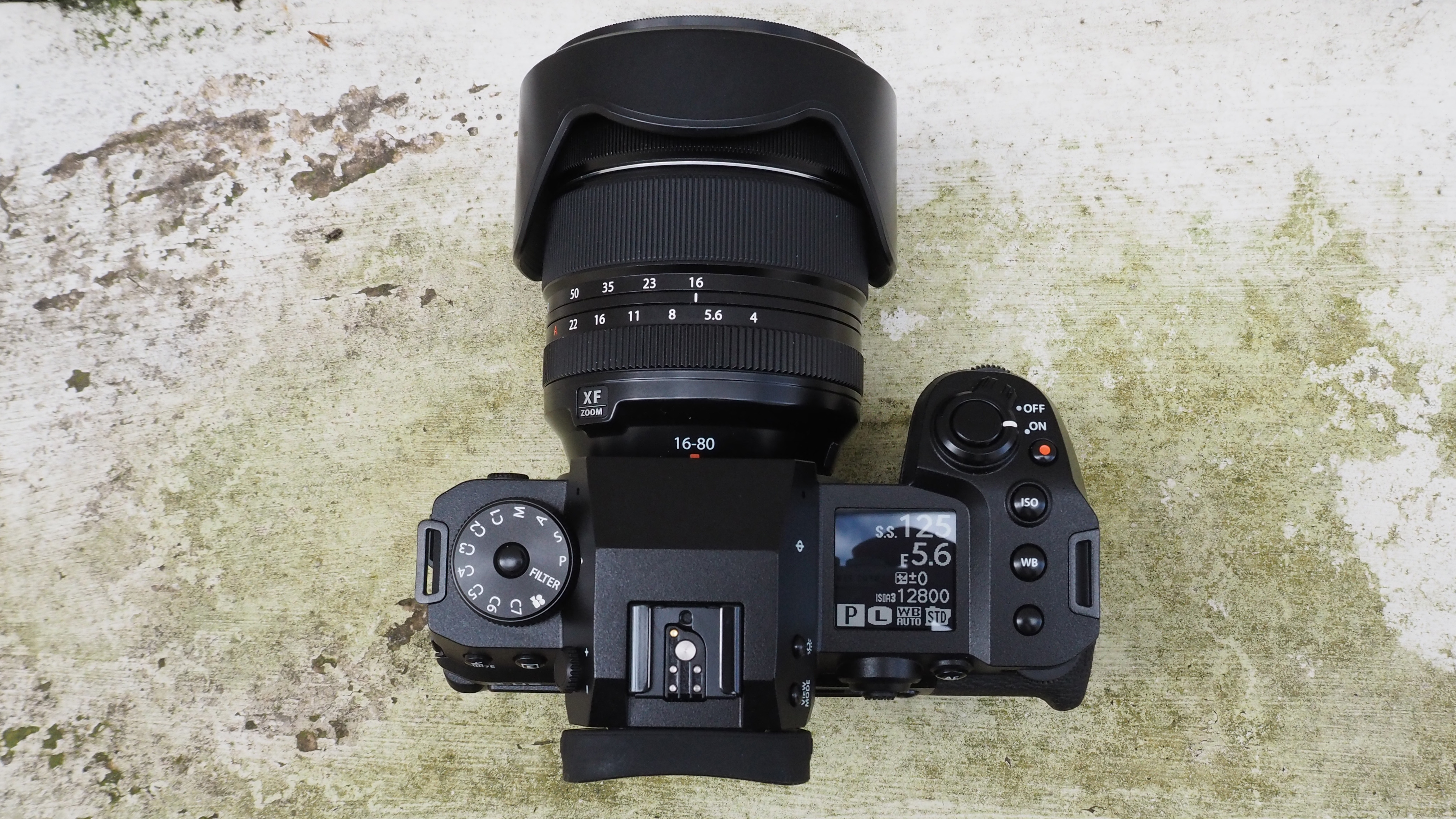
In terms of handling, while it may initially daunt smartphone users seeking to make the step up to a dedicated camera, as regards its overall chunky size and control layout, the X-H2 would very much suit those making a transition from a DSLR, for whom its rows of buttons and plethora of dials, levers and switches – including forward and rear command dials – will be very familiar, as will be the large and obvious shooting mode wheel to the left of the viewfinder. Unusually, however, that top plate LCD window is provided to the right, set back from the raised shutter release button ergonomically encircled by the on/off switch.
A half-press of the shutter release button and the Fujifilm X-H2 is quick to find focus, locking onto target in an instant, meaning that if we can imagine the shot in our mind’s eye the speed of response means we’re more likely to be able to achieve it. That’s pretty much all we can ask of our camera of choice.
Fuji X-H2 review: Image Quality
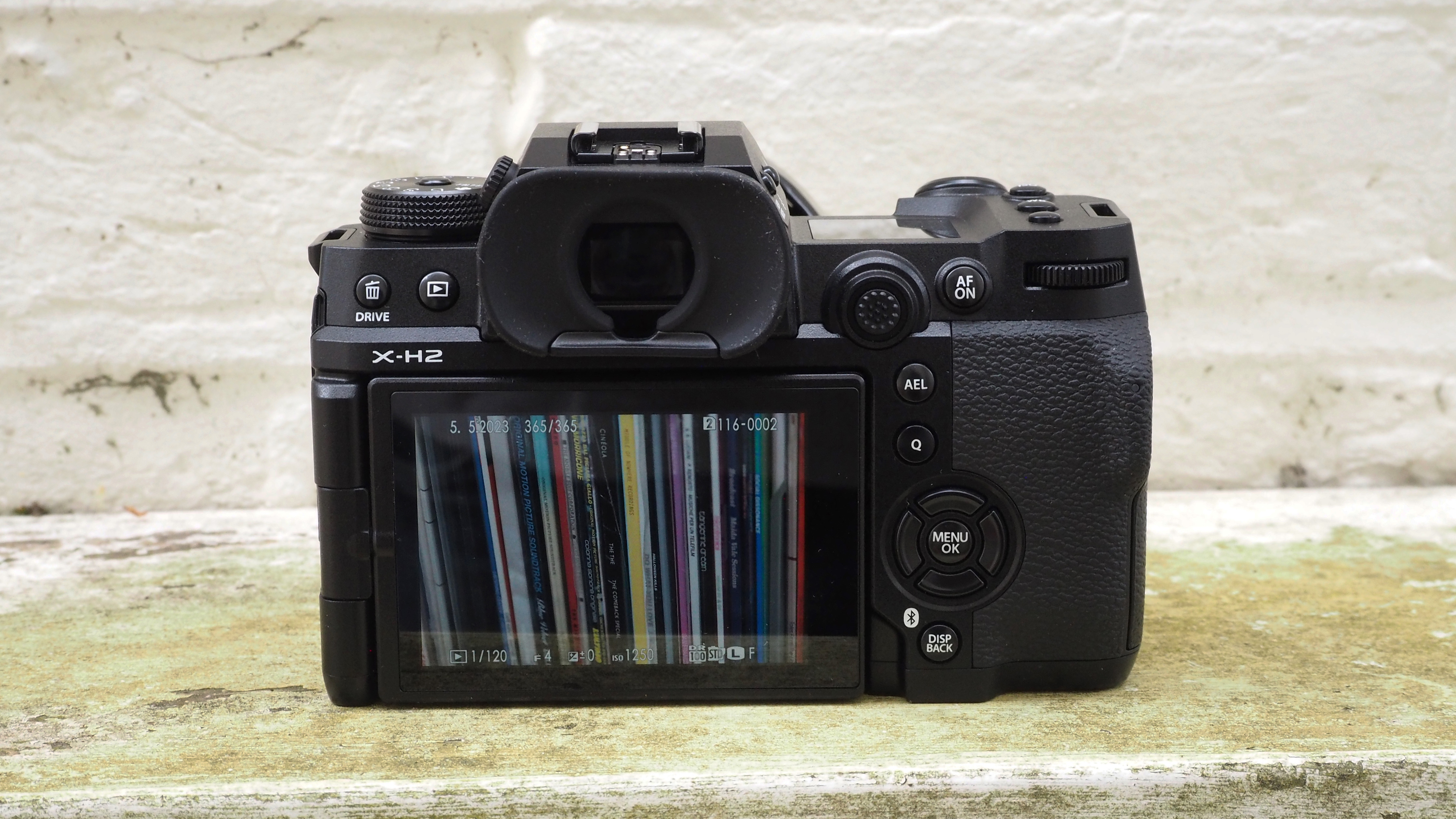
This being a Fuji camera the results are pleasingly natural in terms of colours, meaning that what we see is essentially what we get in terms of results.
We rarely felt the need to tweak or boost the saturation, or alter the contrast straight out of the camera, so the Fuji proves a time-saver when it comes to workflow.


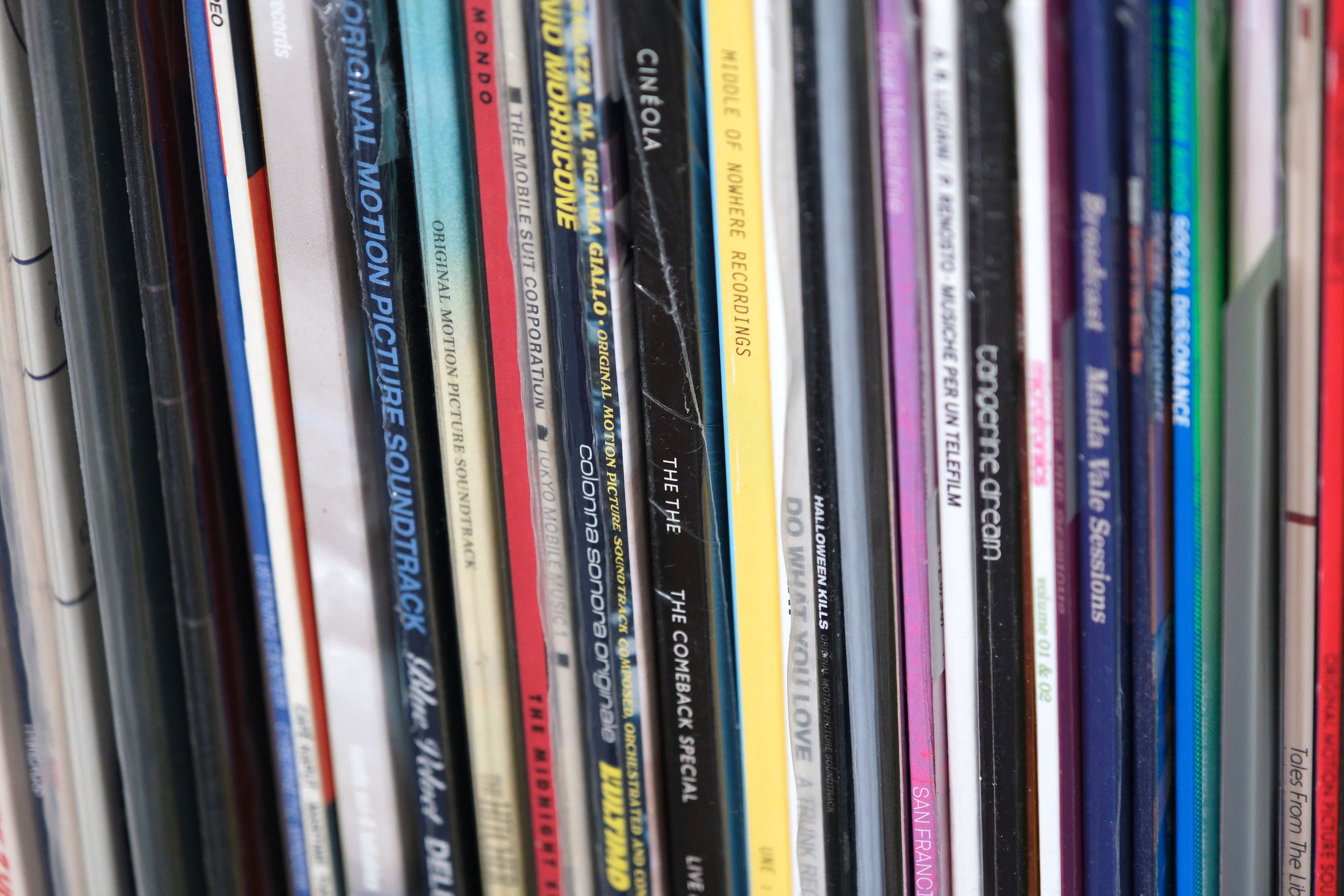

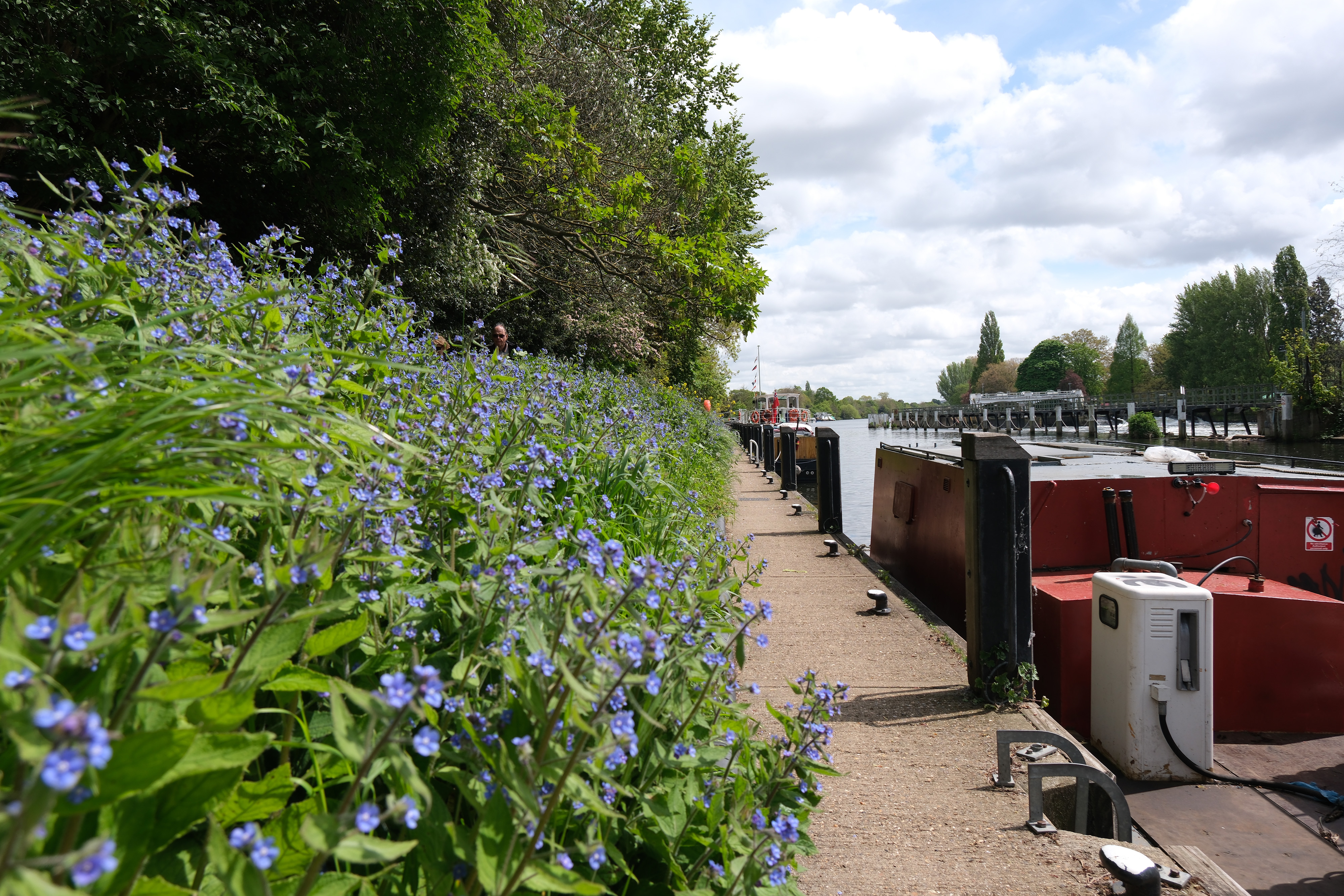

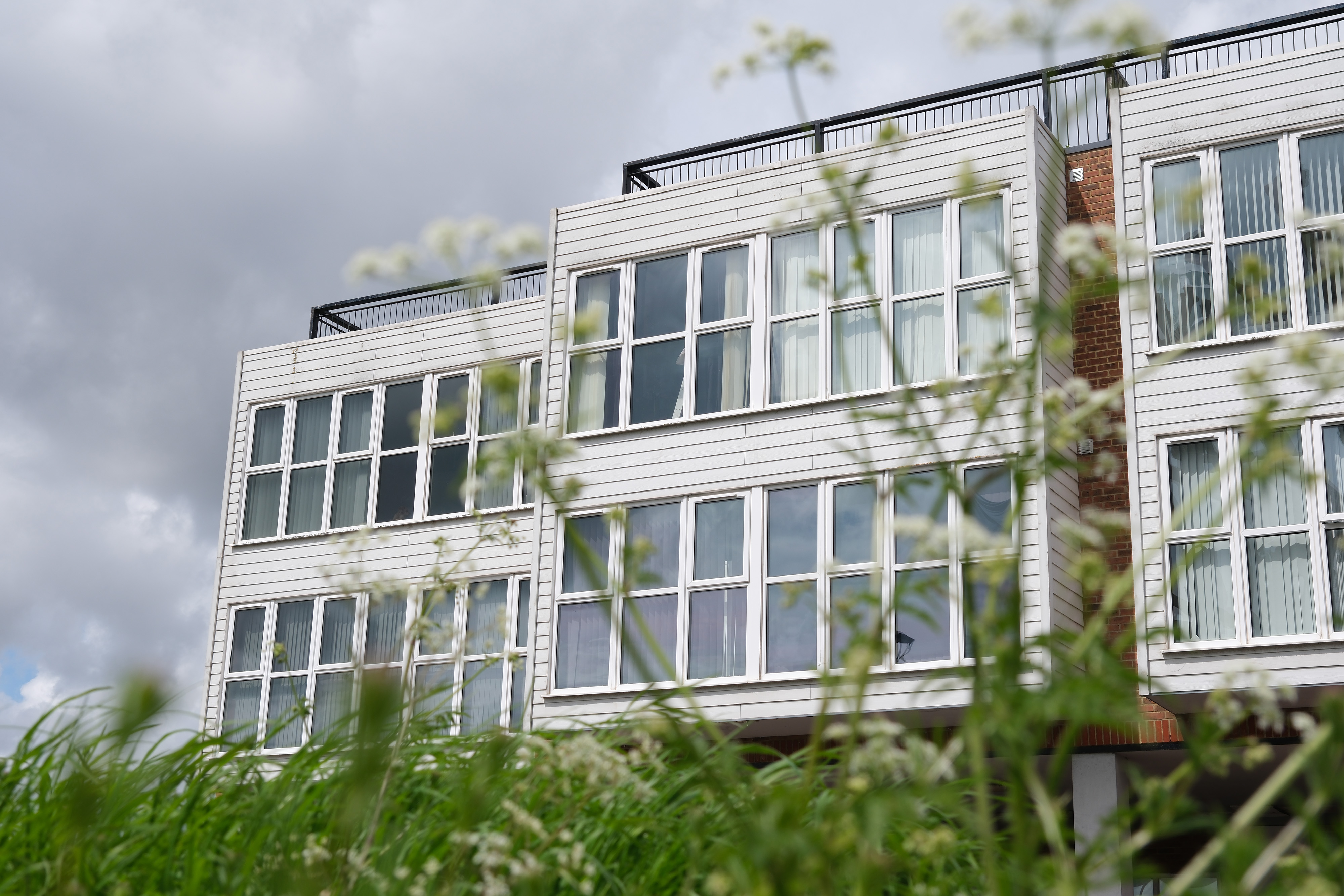

Downloaded to a desktop and we can see the X-H2's image details really pop on screen, with enough information captured that we can retrieve formerly unseen details from the shadowy parts and still have the results look perfectly natural.
Ranged next to the results from a full-frame camera with a larger sensor we’d wager most users would be hard-pressed to spot much difference (although that'll be very lens-dependent, of course), making the X-H2 an impressive overall image-creation machine.
Fujifilm X-H2 review: Verdict
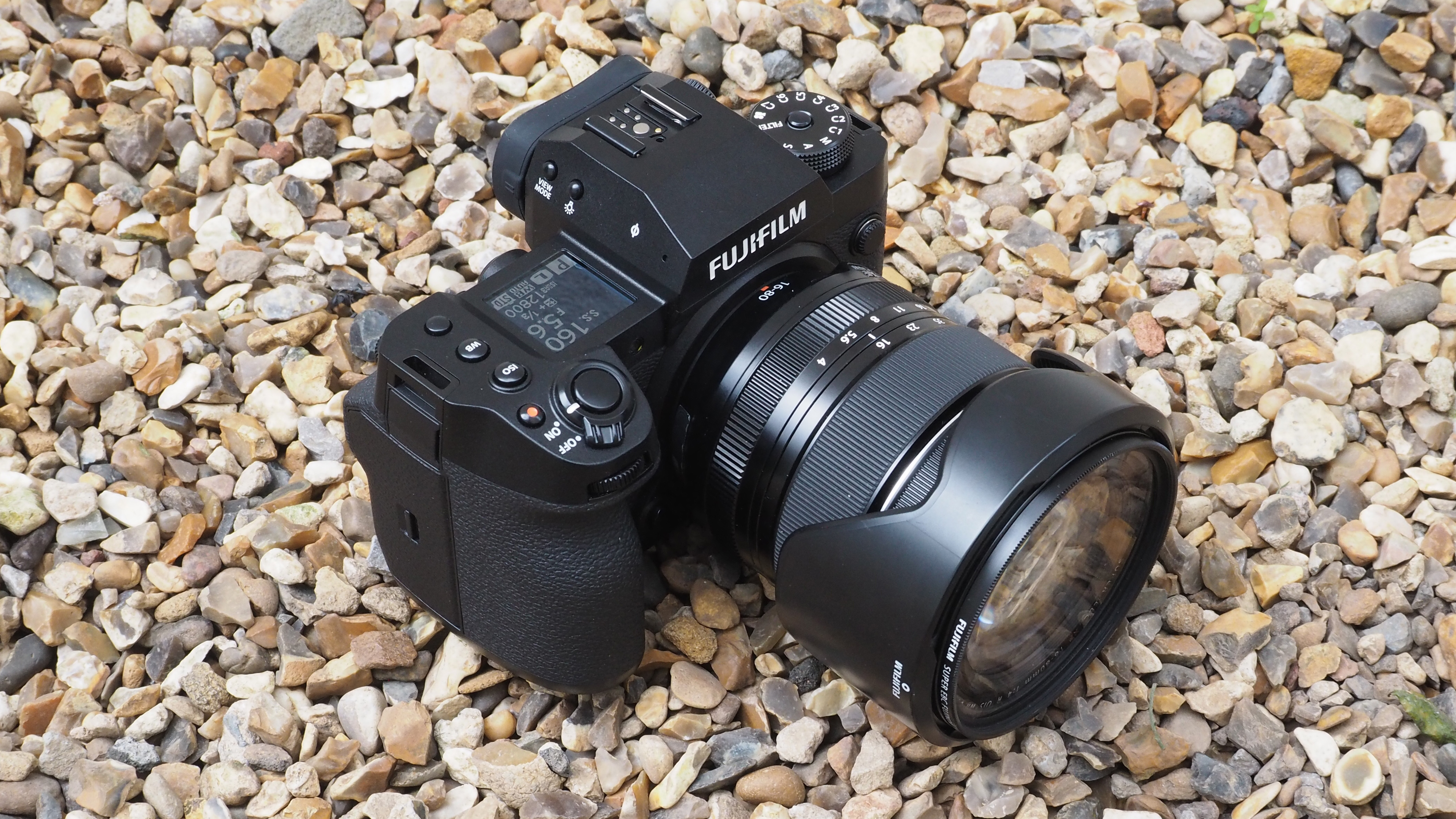
The Fujifilm X-H2’s solid, angular and almost tank-like build quality is beyond what we’d anticipated at this price point, matching and in some aspects bettering what we’d expect from a full-frame model from a rival manufacturer.
And if it’s resolution over speed we need then the X-H2 is the one to pick over the otherwise identical X-H2S. That said, the X-H2 is no slouch in offering 15fps / 20fps capture speeds depending whether we’re using mechanical or electronic shutter, and, when adding in the choice of either 4K capture at 60P or 8K at 30P alongside 40-megapixel stills, we’re arguably getting the best of all worlds here.
Also consider
If it’s a 40-megapixel resolution you want but are looking for something marginally smaller and more portable then also check out Fuji’s own acclaimed X-T5 model, which ticks a lot of the same overall. But if it’s full frame you want then Nikon’s Z series and Canon’s EOS R family are worth trawling through, as is Sony’s current A7 line-up.







